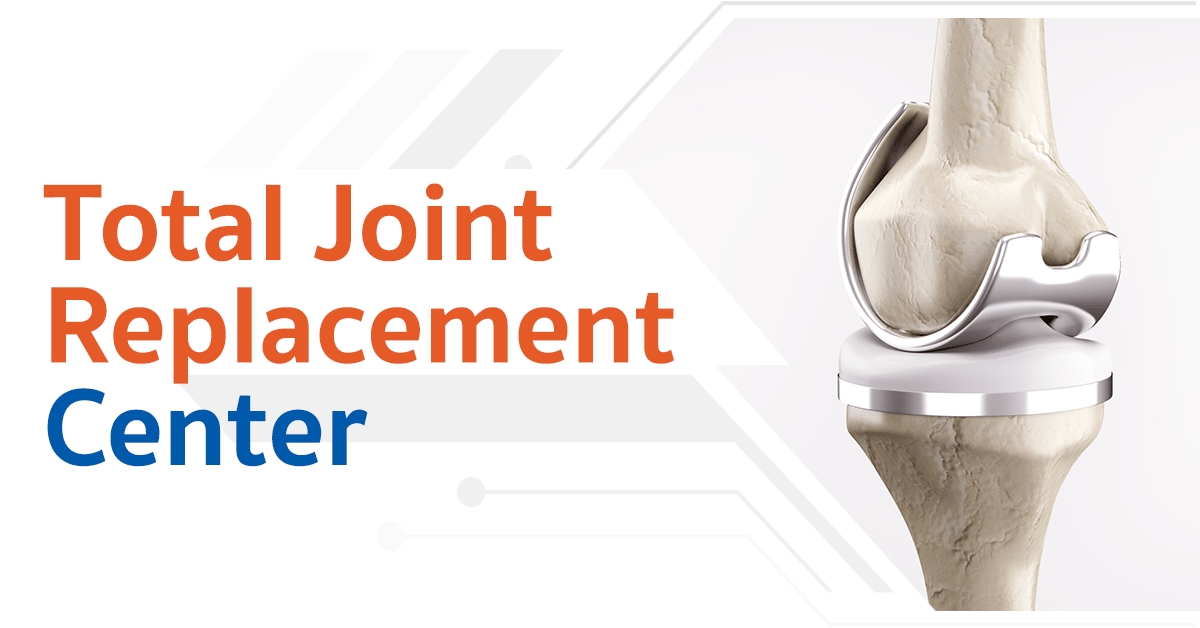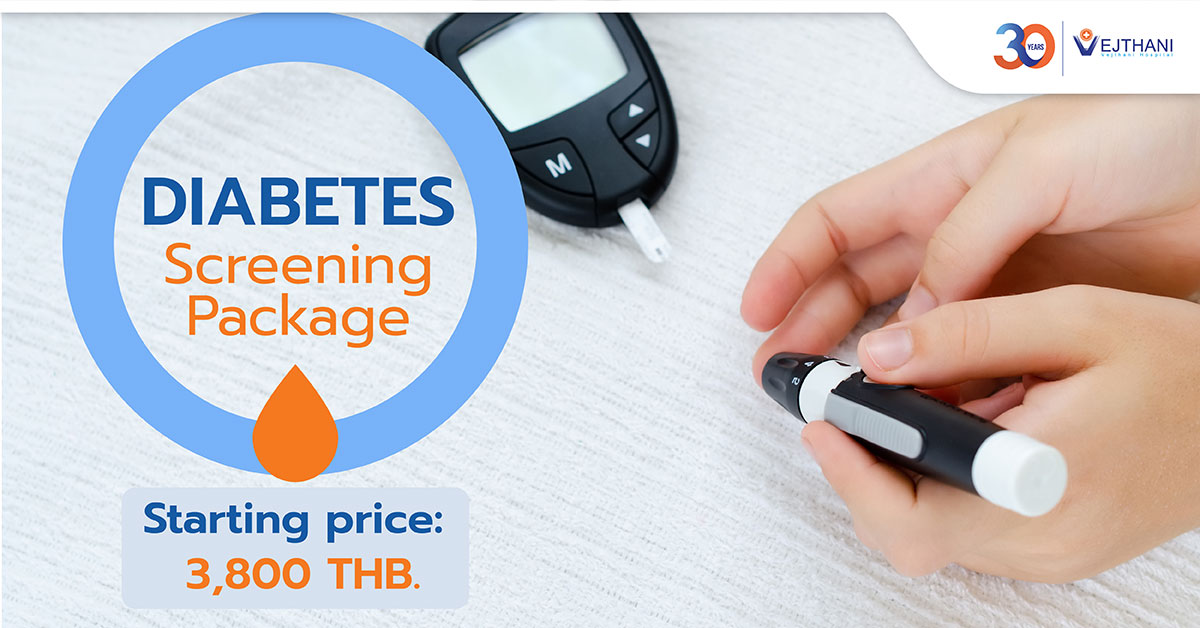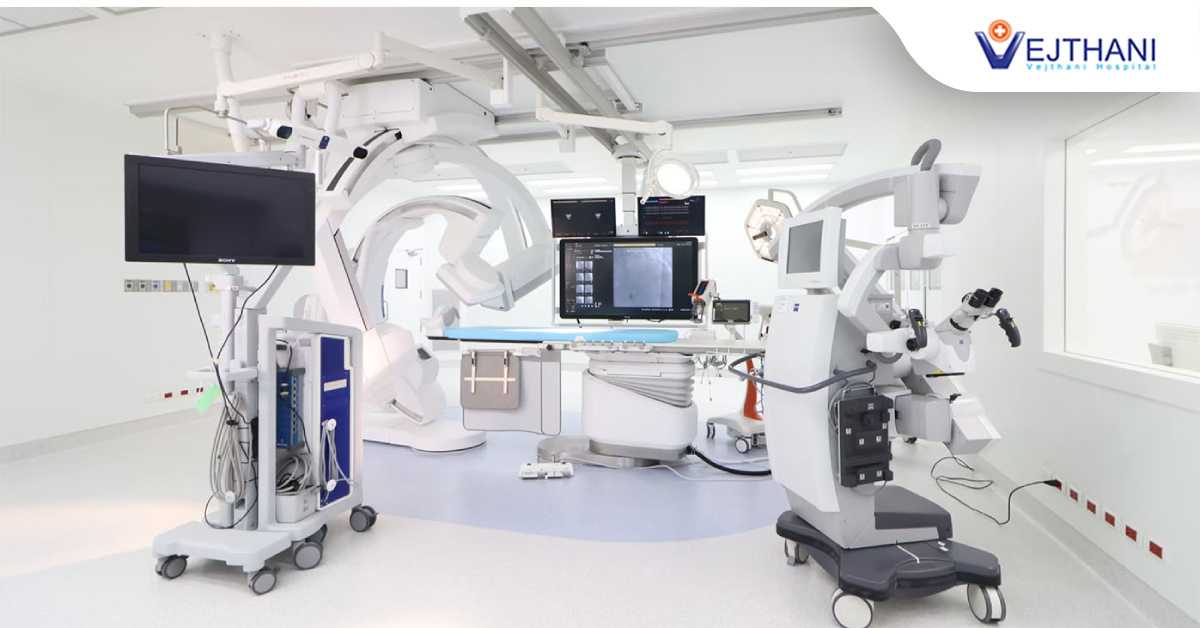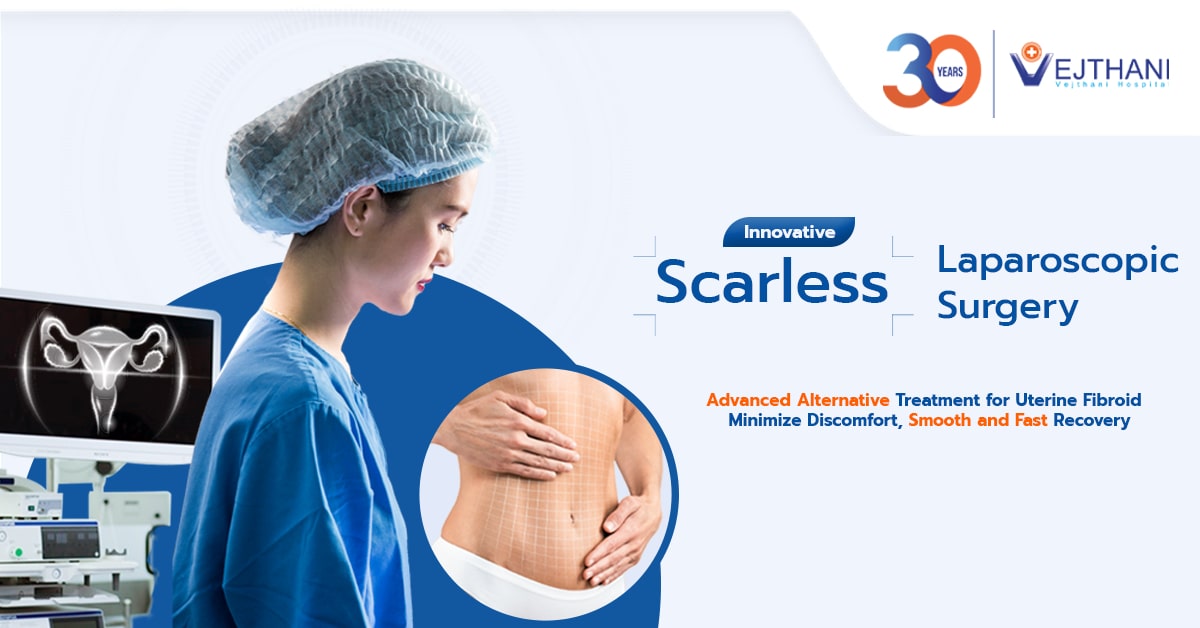
Health Articles
Flatter, Firmer and Attractive Tummy with Abdominoplasty


About The Procedure
Abdominoplasty (panniculectomy, abdominal lipectomy, tummy tuck) is a surgical procedure of the abdomen that remove excess skin and fats, tightening muscles and eliminating or improving scars of the lower abdomen.
Risk Factors
Post-operative complications such as infection and blood clots are rare, but it can occur. Infections can be treated by drainage and antibiotics, but will prolong your recovery. You can minimize the risk of blood clots by ambulating after surgery as possible .Poor healing, which results in conspicuous scars, may necessitate a second operation. Smokers are advised to discontinue smoking three weeks prior and after surgery thus smoking, is one among the harmful side effects, it decreases blood flow to the skin, increases the risk of complications and delays healing. You can reduce your risk of complications by closely following our instructions before and after the operation, especially with regard to when and how to resume physical activity. If you have any questions regarding your postoperative instructions, do not hesitate to contact the office.
Preparation before Surgery
Inform your Doctor about your medical conditions such as bleeding disorders, heart disease, hypertension, diabetes, asthma, hernias or a history of smoking. Your height and weight will be recorded.
- Discontinue medications that can cause bleeding during surgery. Surgical procedure will be explain by your doctor and also your Anesthesiologist.
- They will take a photo of your abdomen and areas involved in your operation. Specific instructions regarding the date and time of your procedure will be given to you.
- You are not allowed to eat or drink anything after midnight or night before surgery. Exceptions may be made for certain individuals.
- You Should bring a company with you on the day of the operation and for the first follow up visit after your surgery.
- You should wear loose fitting clothes that will wash easily in the event they are soiled. Do not wear jewelry, contact lenses or bring valuables to the operating room.
- Remove all body jewelry from pierced body parts this can interfere with the procedure because of the use of electro cautery during the procedure.
- Do not shave or wax your abdomen prior to surgery; this may increase your risk of infection. Any shaving that is necessary will be done by our staff on the day of surgery.


Surgical Procedure During the procedure, the lower abdominal skin and fat are excised or removed. The abdominal skin above the level of the navel is then lifted off the underlying muscles up to your lower rib cage, like lifting an apron. A cut is made around the navel, which is left in place.The vertical abdominal muscles are then tightened with heavy sutures from your xiphoid (solar plexus) to your pubic bone. This provides a more firm abdominal wall and a narrower waistline. The skin apron is then pulled down to the pubic area and after a new opening is made for the navel, the skin is stitched. In some cases, liposuction will make up part of the abdominoplasty procedure to further improve contour. Drain tubes are placed under the skin to evacuate any fluid which may ooze after the operation. The drains exit in the area of the pubic hair through tiny holes. These drains are removed approximately a week after surgery. The closure of the skin is done with dissolving-type suture material, which does not require removal. Several sutures will be placed at the navel which will require removal. Dressings are placed on the incisions. A binder is also applied to support your abdomen, provide comfort and decrease swelling during the post-operative period. Patients are discharged from the recovery room to a nearby nursing facility. Patients remain at the facility one to two nights depending on the extent of the procedure.
Anesthesia Technique
Doctor performs abdominoplasty operations with general anesthesia.
Time Duration of Surgery
A full abdominoplasty takes 2-4 hours depending on the extent of the work involved and whether it is combined with liposuction or other procedures.


Post Operative Care
In the first few days you will feel like you want to flex your waist to feel comfortable. Over the next several days you will gradually be able to stand upright and it takes several months for the abdomen to regain a normal feeling. Temporary numbness, particularly just above the incision in the middle is common. and in some instances this numbness may be permanent. The abdomen feels very tight for several weeks,occasional shooting pain is not unusual for several months following the procedure. The scars become more red and begins to fade for about 2 to 3 months but they will never disappear completely, their appearance is usually very satisfactory. It takes a long time for scars to reach their final appearance.
Recovery Period
For the first few days after the procedure, you are likely to feel discomfort which can be controlled with medication. Your abdomen will be swollen. The swelling will resolve over a period of weeks depending on the extent of your abdominoplasty. In general, 75% of the swelling is resolved at 6 weeks, 95% at three months and nearly all at 6 months to a year. We will provide you with instructions for personal hygiene and activity. We encouraged you to ambulate as soon as possible, although rest is important as well. Walking up stairs is discouraged for the first two weeks unless necessary.Dressings will be removed the day after the surgery. You will probably visit in the clinic after one week .During your visit, sutures and one or more drainage tubes will be removed around your abdomen. Taking a bath is permitted 48 hours after the surgical procedure. Individuals with desk- type employment may resume to their work two weeks following the procedure. Lifting should be limited to 15-20 lbs for 6 weeks. Others with work involving prolonged periods of standing, walking or heavy lifting may need to wait from 3 to 6 weeks. Strenuous activities should not be resumed for 6 weeks.



















